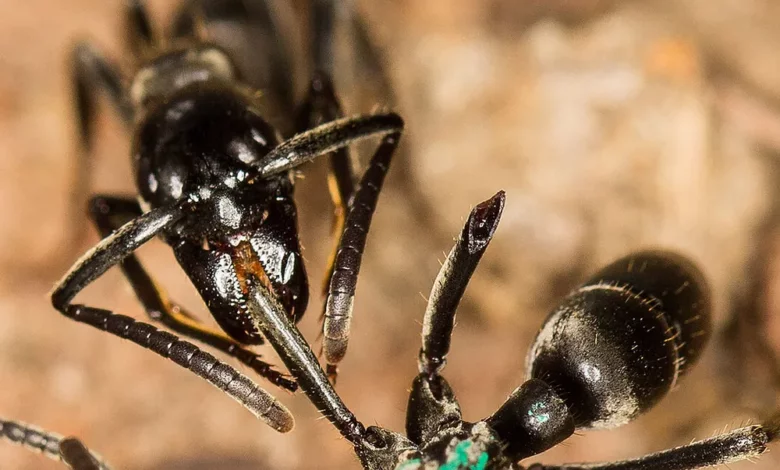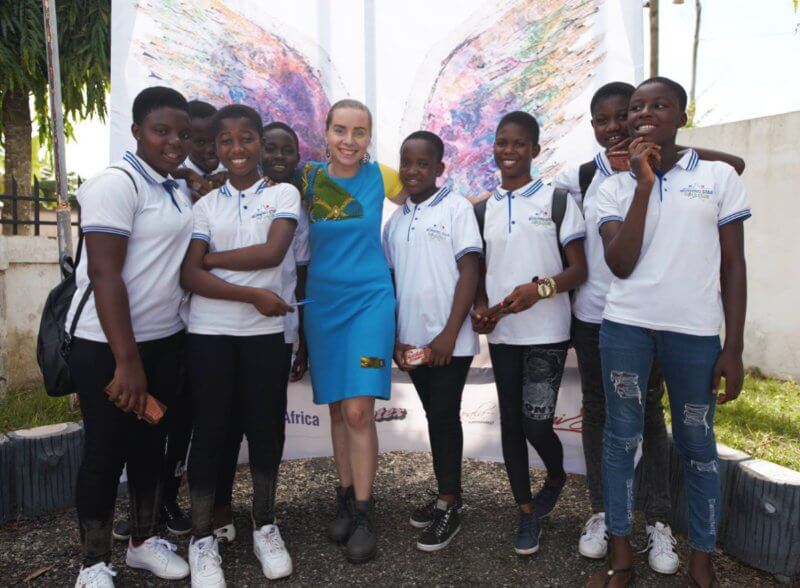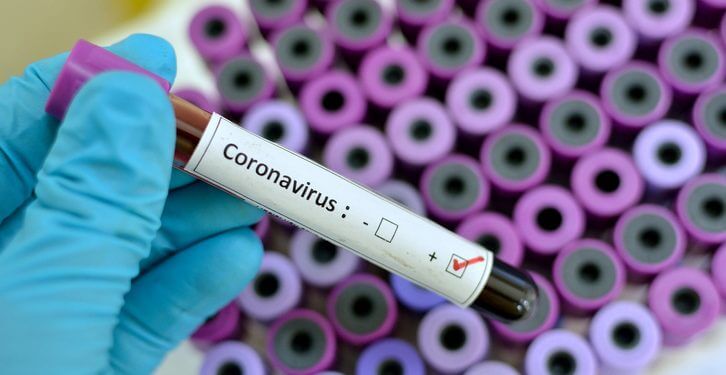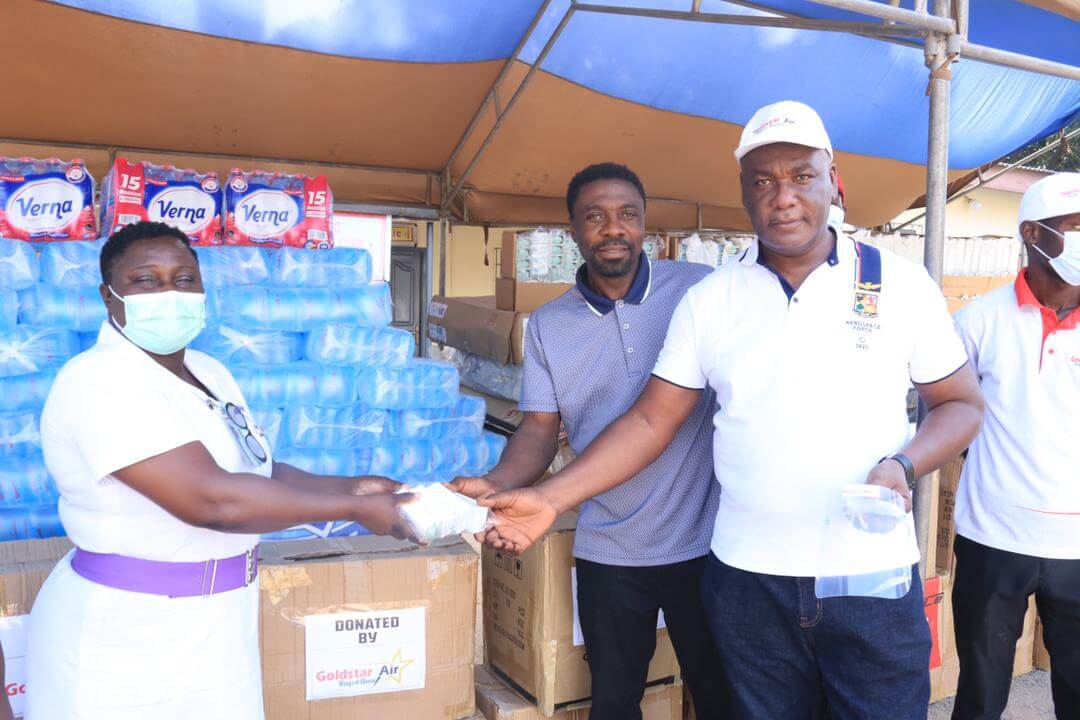
When humans get injured, doctors often prescribe antibiotics to help ward off infection. But humans aren’t the only creatures to provide such sophisticated medical care to each other—some ants do, too.
Matabele ants can identify and treat infected wounds with antibiotics they produce and secrete, according to a report published in the Nature Communications journal. This finding could one day lead to the development of new antibiotics for humans, according to the researchers.
Matabele ants (Megaponera analis) live in massive colonies throughout sub-Saharan Africa. They only eat termites, which are plentiful in the region—but the ants’ narrow diet is not without consequences.
Termites live in heavily guarded colonies. When Matabele ants approach, termite troops go on the defensive and use their powerful jaws to fend off the attackers. This often results in grievous injuries to the ants during hunting missions—up to 22 percent of foraging Matabele ants lose a leg or two during raids.
Previous research found that uninjured Matabele ants often carry their injured comrades back to their nests, where they lick their nest-mates’ wounds for several minutes. But researchers didn’t know why the ants did this—they wondered if the behavior helped remove dirt from the site, for instance.
Now, they think they’ve solved this mystery. In the new study, scientists compared the chemicals produced by ants with infected and uninfected wounds. When a wound was infected, the hydrocarbon profile of the ant’s exoskeleton changed—and fellow ants seemed able to pick up on this difference.
Not only did ants distinguish between infected and uninfected wounds, but they also targeted the infected wounds with self-made treatment. Matabele ants produced a substance from their metapleural glands, which are located on their backs, and applied it to their peers’ infected wounds. That substance contained more than 50 different components with antimicrobial or wound-healing properties, the researchers discovered.
The treatment was effective too. When researchers isolated infected ants from their colony of healers, 90 percent of them died within 36 hours. In contrast, mortality was only 22 percent for infected ants that the scientists kept with the colony.
“With the exception of humans, I know of no other living creature that can carry out such sophisticated medical wound treatments,” says study co-author Erik Frank, an animal ecologist at the University of Würzburg in Germany, in a statement.
The ants’ life-saving antibiotics make sense in the context of their dangerous hunting expeditions. If all injured ants died from infection, Matabele ant colonies would have a tough time surviving.
“The workforce would diminish too quickly without this medical treatment,” Ken Cheng, an animal behaviorist at Macquarie University in Australia who was not involved in the research, said to New Scientist’s Alice Klein in 2022, before the study had been published in a peer-reviewed journal.
Scientists still want to learn more about Matabele ants’ wound care. But they’re hopeful that insights gleaned from the insects could someday lead to the development of new antibiotics for humans.
One of the main pathogens that infect injured Matabele ants, called Pseudomonas aeruginosa, also infects human wounds—and, in humans, several strains of the bacteria are resistant to existing antibiotics. Components found in the ants’ healing secretions may one day be useful for helping sick humans fight off Pseudomonas aeruginosa, too.
Source: Smithsonian Magazine

This article is published by either a staff writer, an intern, or an editor of TheAfricanDream.net, based on editorial discretion.




